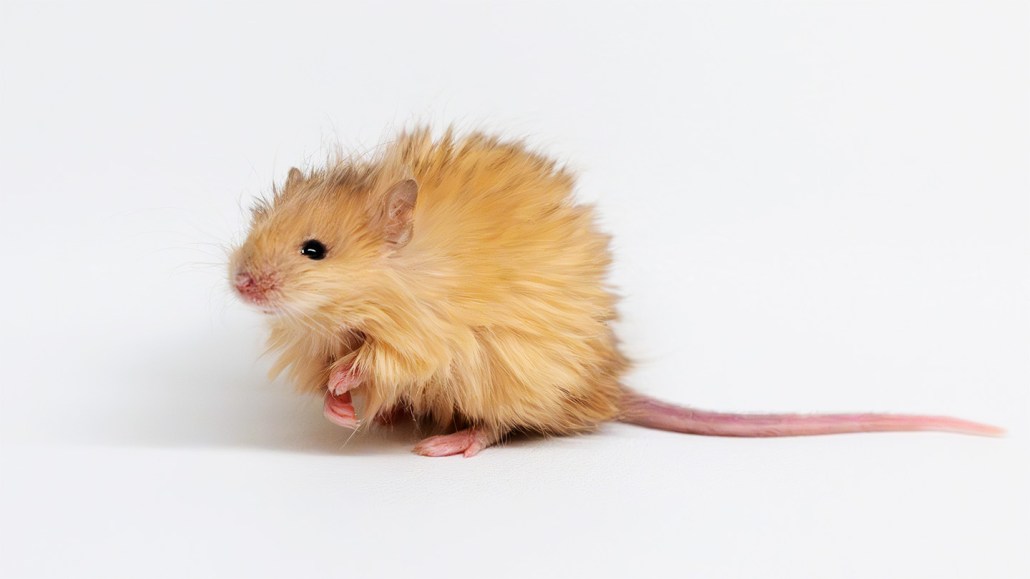Questions for ‘Can this ‘woolly mouse’ help bring back extinct mammoths?’

Cute, yes. But is this “woolly mouse” really a step toward bringing woolly mammoths back from extinction?
Colossal Bioscience
Share this:
- Share via email (Opens in new window) Email
- Click to share on Facebook (Opens in new window) Facebook
- Click to share on X (Opens in new window) X
- Click to share on Pinterest (Opens in new window) Pinterest
- Click to share on Reddit (Opens in new window) Reddit
- Share to Google Classroom (Opens in new window) Google Classroom
- Click to print (Opens in new window) Print
To accompany ‘Can this ‘woolly mouse’ help bring back extinct mammoths?’
SCIENCE
Before Reading:
- What one species would you bring back from extinction if you had to choose something other than a woolly mammoth? Explain your choice.
- What does it mean to modify an organism genetically? Come up with an example of how advances in genetic modification technology might help people of the future in new ways.
During Reading:
- What does it mean for an organism to be transgenic?
- Scientists carried out three experiments. In one sentence, explain how these three experiments differed.
- The Colossal woolly mice are one step toward an ultimate goal. What is this goal, according to Ben Lamm?
- What specifically did researchers look for when comparing mammoth genomes to elephant genomes? What did researchers look for when comparing different mammoth genomes to one another?
- Give one specific example of a mouse gene that researchers have modified in the past. Describe the effects of this modification.
- What does it mean when researchers say their gene-modification experiment worked with “high efficiency”?
- Why is Beth Shapiro especially interested in experimenting with Asian elephant cells?
- Scientists have cloned multiple animals in the past, including sheep. What keeps them from cloning a woolly mammoth?
- What does it mean for a cell to be pluripotent?
- How did the mammoth steppe differ from today’s northern ecosystems?
After Reading:
- Scientists analyzed mammoth genomes to identify genes that may have given mammoths some of their key traits. Give one example of a key trait that scientists turned up in this study. What other characteristics set mammoths apart from elephants? Feel free to do a quick internet search about mammoths to learn more about them.
- In this story, Tori Herridge emphasizes that a “mammoth is not an elephant in a fur coat.” What possible misconception do you think this scientist is trying to address by saying this? If scientists genetically engineered an elephant to have mammoth-like traits, would it be accurate to call this organism a woolly mammoth? Explain why or why not.